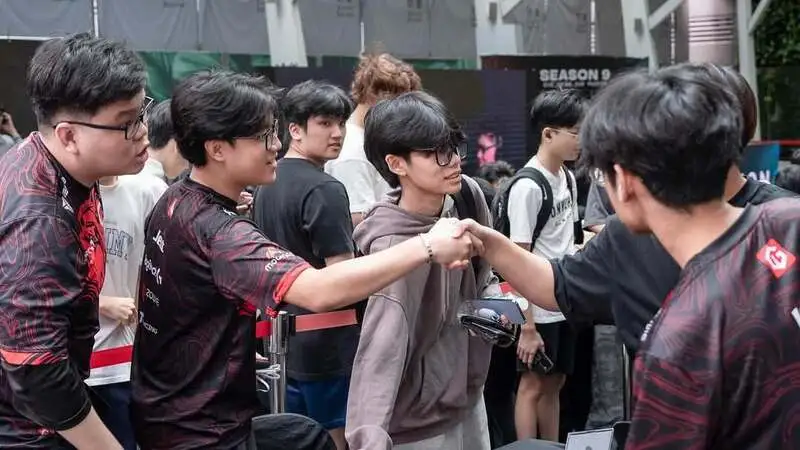MLBB MPL SG Rocked by Match Fixing Scandal, Leads To Suspension
The MLBB MPL Singapore Season 9 Playoffs were all set to happen from June 6 to 8, but before the anticipated event, one team has been disqualified due to a match fixing scandal. Along with the team, called Everlasting Luv, three of its members have been handed two-season suspensions. Here’s all you need to know about the incident at the MPL SG.

Image Credits: MOONTON
What happened during the MPL SG Week 3 Day between Everlastin Luv and Sovereign SG?
The match in question, where the fixing took place, is in Week 3 Day 2 of the MPL SG S9 regular season between Everlasting Luv and Sovereign SG. It happened during the Challenger Stage, after Everlasting Luv had already lost two games. Therefore, this meant that they had no chance of winning the stage and were knocked down to the last chance qualifier.
However, despite the match not having high stakes for the team, as is the case with any sporting event, teams are expected to perform at their absolute best.
It seems, however, Everlasting Luv weren’t taking it seriously. The team opened the match really strong, taking down Sovereign’s turrets while building a big gold lead – which almost reached 8,000 in the mid-game. At that point, only one of Sovereign’s turrets in each lane were left.
From there, however, Sovereign were able to defend really well, against what seemed like a team that wasn’t taking the game seriously. Everlasting Luv made some very questionable rotations, allowing their opponents to push the match to the late game.
Perhaps the most questionable part of the tournament came near the end, where Everlasting Luv’s Kyushu walked straight into the enemy base, thereby getting killed. Sovereign’s players appeared visibly confused about this, as they even stopped attacking Kyushu, perhaps assuming that there was a technical error, while he proceeded into the enemy base.
This was not all, as Everlasting Luv then proceeded to make more questionable judgments where they didn’t take the Lord in the late game, instead indulging in team fights.
Fans watching the tournament live couldn’t believe what they were seeing either. One person remarked, “What is this game,” while another said, “Is this MPL?” – obviously confused about the questionable plays.
Ultimately, the game ended at the 43-minute mark with Sovereign SG coming out on top. Even the casters were in disbelief at what they had just witnessed. Ryan “Churros” Chin, one of the two people on desk, said that “it shouldn’t have been that long” after the game.
MPL Singapore Committee Launches Investigation, Suspends Team and 3 Players

A still from the MPL SG S9 (Representational image). Image Credits: MOONTON
Now, nearly 10 days later, the MPL Singapore Committee revealed in a statement that the team, along with 3 of its players, were suspended for two seasons, effective immediately. The suspended players are Akashi, Kyushu, and Willyyy.
Apparently, noticing the questionable gameplay, an internal investigation was launched after the match with each player being interviewed individually. The statement says that the players’ narration of what happened wasn’t consistent with in-game actions and team communications. Additionally, there was a clear discrepancy between their accounts.
Therefore, as per Rule 15.1.2 of the MPL SG rulebook, which states that “teams are expected to play at their best at all times,” action has been taken on the team and its players.
Besides this, Akashi, Kyushu, and Willyyy were also punished for lying to MPL officials during the investigation.
“Under the MPL SG Penalty Index, EVL has been found to have compromised the competitive integrity of the league by intentionally losing a match,” the committee said in its statement. “As a result, the team will be disqualified from the upcoming MPL Singapore Season 9 Playoffs and barred from participation for an additional two seasons for breaching Rule 15.1.2.”
This will definitely be heartbreaking for the players, who were likely just trolling. However, in the interest of competitive integrity, this step is a necessary move.
For Everlasting Luv, they had gone on to win the LCQ and had qualified for the upcoming playoffs. The MPL SG hasn’t revealed who will take over their slot yet. There is a lot at stake as the winner will represent the country at the MLBB MSC 2025.













